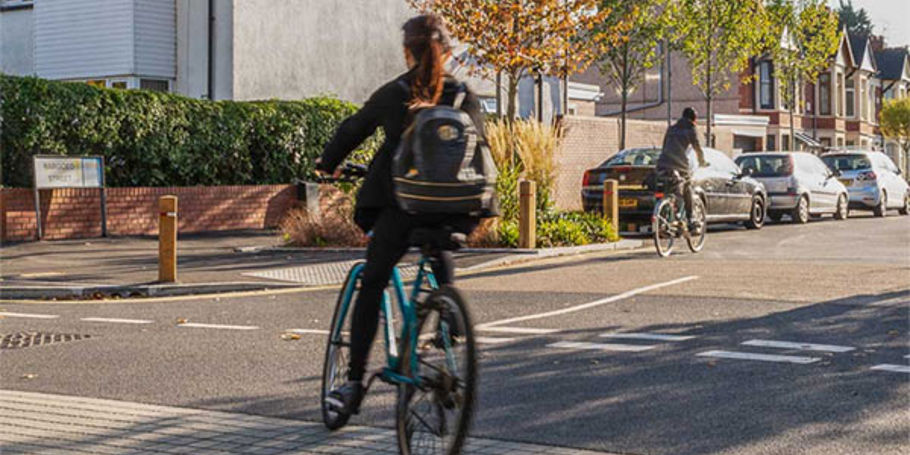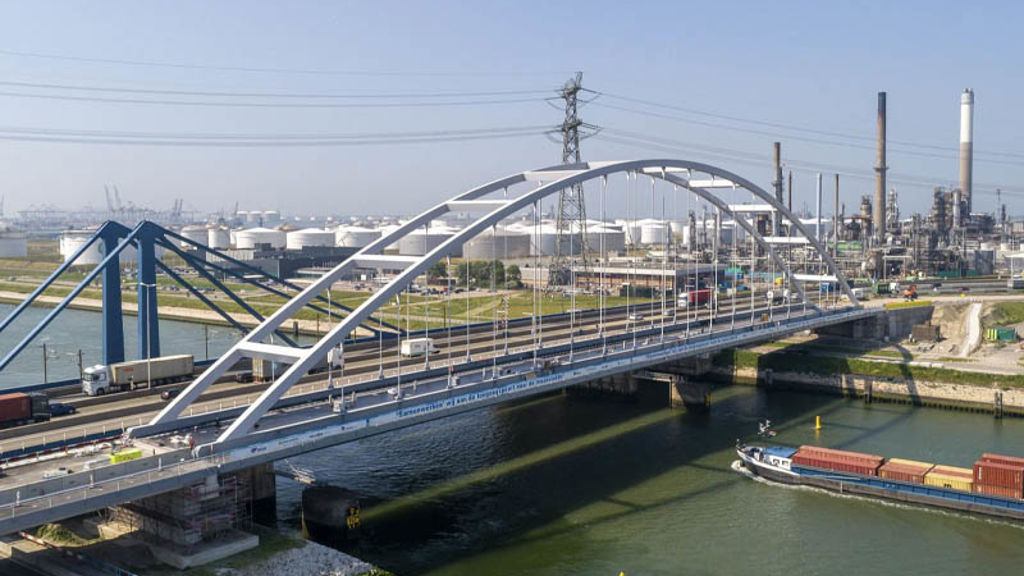Embedding people, place and planet in road upgrades
Along the A66, many of the existing single carriageway sections repeatedly widen and narrow, with varying speed limits. In addition, the route also features numerous junctions which create merge conflicts between local and strategic traffic. With heavy good vehicles (HGVs) accounting for 25% of total traffic, and significant numbers of slow-moving agricultural vehicles present, traffic congestion is a frequent issue resulting in longer journey times.
To provide a consistent standard and reduce incidents and delays, our design duals the remaining single carriageway sections. If an accident or breakdown occurs, the additional lane capacity will allow lanes to be closed to keep traffic moving. We also integrated grade-separated junctions with side roads, providing alternative routes for local and agricultural traffic. To optimise traffic flow further, the national speed limit will be introduced along the full route.
Upgrading a total of nine sections, our solution includes more than 110 modified and new structures and over 40 drainage attenuation ponds tailored to the specific issues of each section. To add real value, we used our United Nations Sustainable Development Goals (UNSDG) Mapping Tool throughout the design process. This strategy informed daily engineering design decisions to ensure alignment between project objectives and UNSDGs.
Aside from improved journeys for drivers, the upgraded route will provide a better travel experience for cyclists and pedestrians, as well as couriers and tourists. Stimulating a shift to active travel, the project has created more than 30 kms of cycleways and walking paths. The additional lane capacity will help hauliers deliver shipments on time while giving tourists improved, faster and safer access to well-known destinations such as the Lake District.
Although connectivity and safety were its main drivers, the scheme will have wider benefits for local communities. It will facilitate access to essential services such as healthcare and education as well as employment areas. As commuters spend less time travelling, they can spend more time with family and friends, achieving a better work-life balance. The decrease in traffic congestion will also reduce noise levels, creating a calmer environment for people living and working near the route.
The A66 demonstrates how transport schemes can have a positive effect on quality of life by improving access to services, promoting active travel and encouraging economic growth. The scheme invested £6.4 million into local communities and businesses via various social value initiatives during the DCO preparation. This project is an example of how transport can deliver on good health and wellbeing, economic growth, sustainability and climate action.











